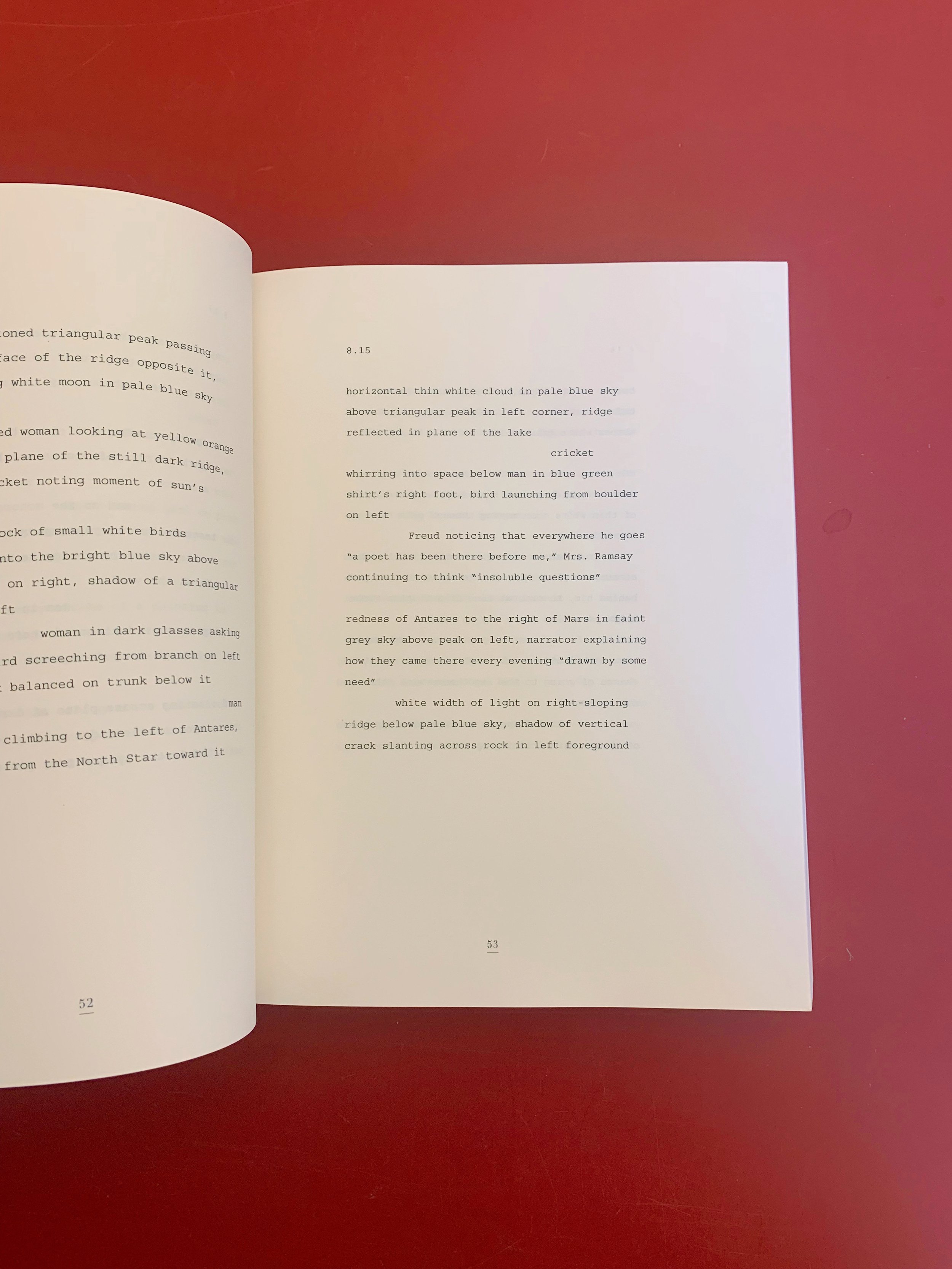Dear July,
It was good to talk on the phone and hear about your experiences at school. I received your text messages with pictures of paintings you’ve been working on. I wanted to respond to you in a longer form and try to preserve some of these moments in a way that could mark this time for later reflection.
The meeting went well enough, as I understand it. They will likely deny the petition for Mirta’s citizenship, as expected, for overstaying a visa in the past. We can submit a new petition along with a letter and psychological report that demonstrates that I would suffer hardship without her, and our lawyer assures us this will be accepted, along with more fees. I trust their experience, and I’m looking forward to a time when the three of us can travel together.
Your new paintings are beautiful. It's fascinating to see what inspires you and receives your attention. I could imagine that among some of your peers and the critical theorists of RISD, there might not always be the highest regard for the traditions you're practicing in. I hope this experience only broadens your horizons and deepens your insights. I wish you the strength to stay with the practices that fulfill you and the openness and space to try new ones as well. I find the attention to beauty and place in your practice moving and skillful, and not without its political and ecological dimensions. In many of your scenes I find a personal resonance, as well as calm, respite, joy and a sense of responsibility towards a place we love.
There is also the simple question of what does one want to be around? And I guess there’s no accounting for these kinds of tastes. I couldn’t really explain why I love Cate White or Joan Brown, to use two examples close to home. Ranunculus, smooth stones and leafy lemons on the counter make me happy and so I live with them. I went to see a painting show in London last week, by an artist named Mahesh Baliga. He paints curious and personal scenes at intimate scales. There was one painting of a flowering tree and another of himself in place of the flowering tree that made me linger for a while with them. I appreciated their very particular attentions and ambiguous moods. And in the thrum of London’s gallery weekend, with its luminous rush of fleeting and competing surfaces, they were like small monuments to contemplative depths, quietly sharing their slow and considered formation.





























































